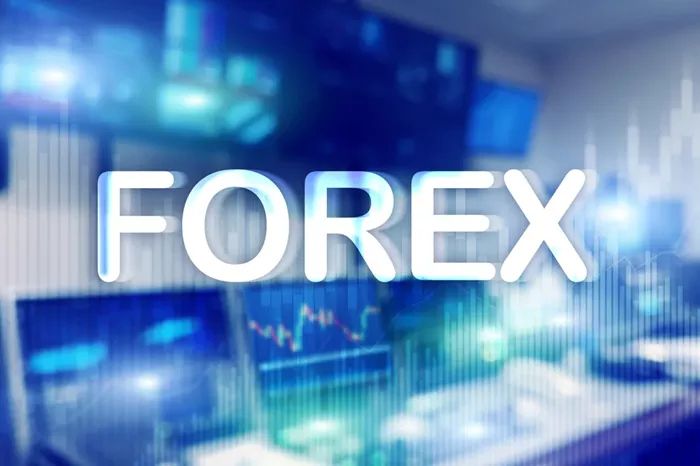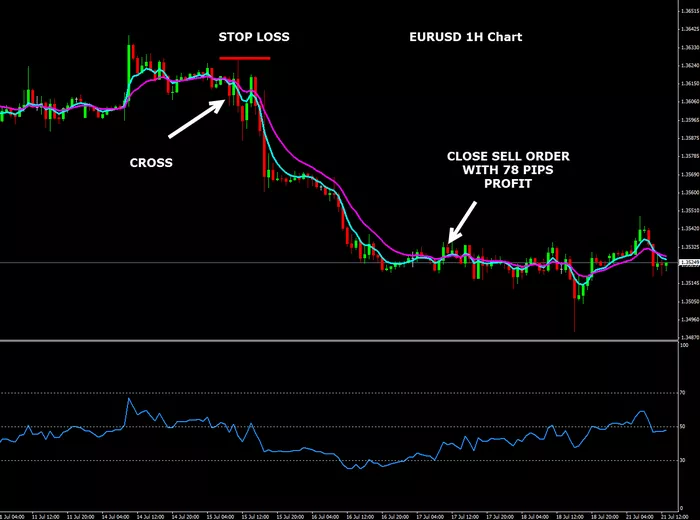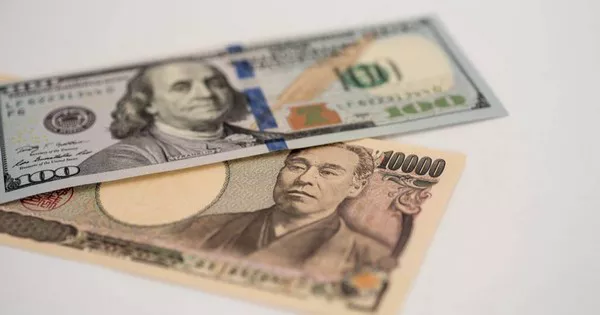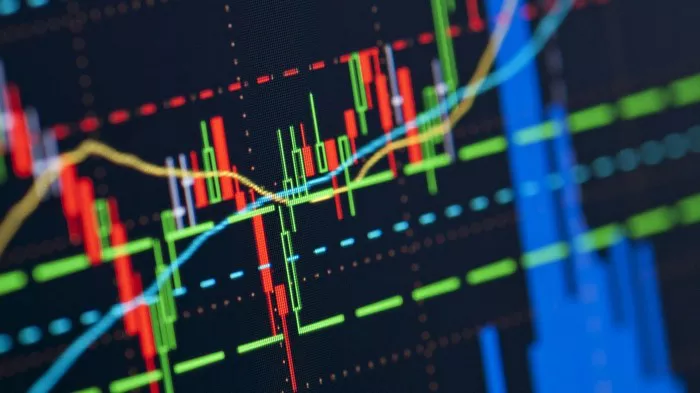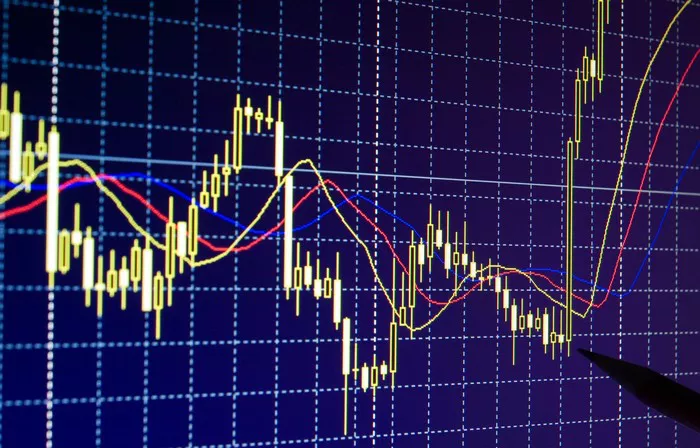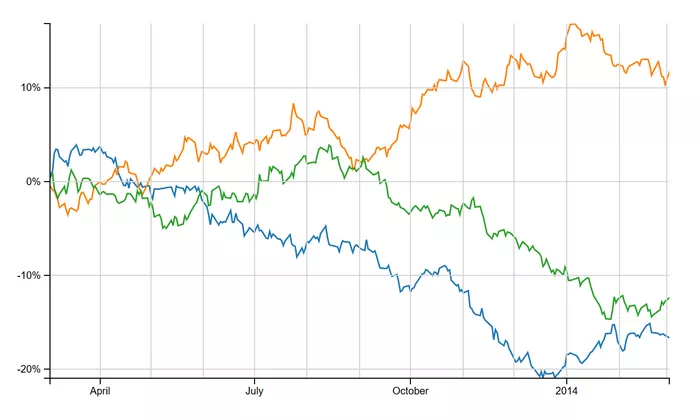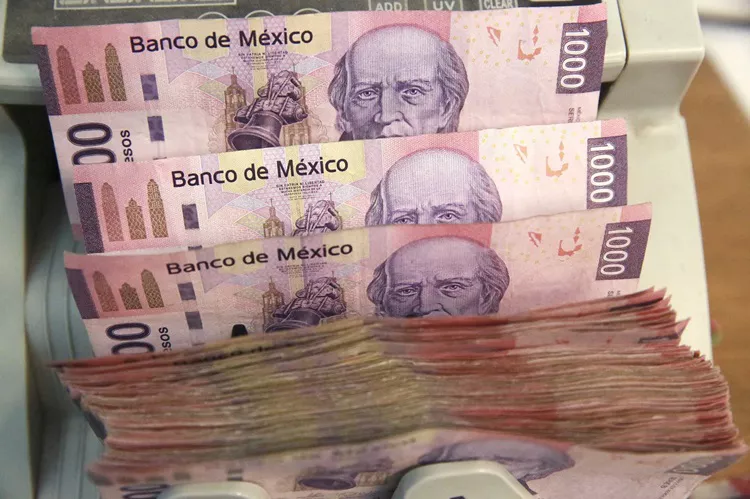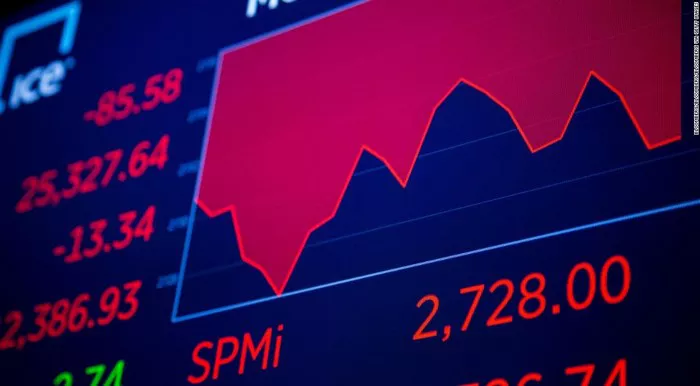The United States Dollar (USD) is one of the most widely used and traded currencies in the world. As the global reserve currency, it plays a critical role in international trade, finance, and economic systems. A key question that often arises among economists, financial experts, and even the general public is: “How many USD are in circulation?” This question is important for understanding the overall health of the U.S. economy, the role of the Federal Reserve, and the impact of money supply on inflation and interest rates.
In this article, we will explore how much USD is in circulation, the factors that affect the money supply, and what this means for the U.S. economy and global markets.
What Is the U.S. Money Supply?
Before we dive into how much USD is currently in circulation, it’s essential to understand the concept of the money supply. The money supply refers to the total amount of money available in an economy at any given time. In the U.S., the Federal Reserve, the central bank of the country, is responsible for regulating and controlling the money supply. The money supply consists of two main types of money: physical currency (coins and paper money) and digital money (bank deposits, reserves, and other forms of electronic money).
Types of Money Supply
The U.S. money supply is categorized into several measures, which help economists track the amount of money circulating in the economy. The Federal Reserve defines different categories for money supply, each with its own scope. These categories are:
M0: This includes the total physical currency in circulation, such as paper money and coins.
M1: This includes M0 plus all demand deposits, which are checking accounts and other liquid assets that can be accessed immediately.
M2: This includes M1 plus savings accounts, time deposits, and money market accounts.
M3: This includes M2 plus large time deposits, institutional money market funds, and other larger liquid assets.
For the purposes of this article, we will focus on the most common measures of money in circulation—M0 and M1, as these are the most relevant for understanding the total amount of U.S. dollars available for use in the economy.
How Much USD Is Currently in Circulation?
To answer the question of how many U.S. dollars are currently in circulation, we need to examine the latest figures available from the Federal Reserve and other government sources.
Total Physical Currency (M0)
The Federal Reserve issues all U.S. currency, and as of the most recent data, there are approximately $2.2 trillion in M0 currency in circulation. This includes the bills and coins that individuals, businesses, and governments use for transactions.
However, it is important to note that not all of this money is in the U.S. The U.S. dollar is widely used around the world, especially in international trade and finance. As a result, a significant portion of U.S. currency is held outside the United States, particularly in countries that rely on the dollar as a reserve currency. Estimates suggest that about 60% of all USD in circulation is held overseas.
Total Money Supply (M1 and M2)
The total amount of money in circulation, including both physical currency and digital money, is much higher when we include M1 and M2. According to the most recent reports from the Federal Reserve:
The M1 money supply is approximately $19.5 trillion. This includes physical currency (M0) and demand deposits, such as checking accounts and travelers’ checks.
The M2 money supply is around $22.5 trillion. This includes M1 plus savings accounts, small time deposits, and money market funds, which are considered less liquid but still part of the broader money supply.
The substantial increase in M1 and M2 in recent years is largely due to government monetary policies, especially during periods of economic stimulus, such as the COVID-19 pandemic. These actions have led to a significant expansion of the money supply as the government injected trillions of dollars into the economy through direct payments, loans, and other financial measures.
The Federal Reserve’s Role in Money Circulation
The Federal Reserve plays a central role in determining how many dollars are in circulation. It does this through a variety of monetary policy tools, including open market operations, interest rates, and reserve requirements. The goal of these policies is to ensure that the money supply grows at a stable, sustainable rate that supports economic growth without causing excessive inflation.
Open Market Operations
One of the Federal Reserve’s primary tools for controlling the money supply is open market operations (OMOs), which involve buying and selling government securities. When the Fed buys government securities, it injects money into the economy, increasing the money supply. Conversely, when it sells securities, it takes money out of circulation, reducing the money supply.
Interest Rates
The Federal Reserve also controls short-term interest rates, specifically the federal funds rate, which is the interest rate at which banks lend to one another overnight. When the Fed lowers interest rates, it encourages borrowing and spending, which increases the money supply. When the Fed raises interest rates, borrowing becomes more expensive, which can slow down economic activity and reduce the money supply.
Reserve Requirements
The Federal Reserve sets reserve requirements, which determine the amount of money banks must keep in reserve versus what they can lend out. Lowering reserve requirements allows banks to lend more money, increasing the money supply, while raising reserve requirements can have the opposite effect.
Why Does the Amount of USD in Circulation Matter?
The amount of money in circulation has significant implications for the economy. Economists closely monitor the money supply to understand inflation, interest rates, and economic growth. Here’s why the amount of USD in circulation matters:
1. Inflation and Deflation
If there is too much money in circulation, it can lead to inflation, which is the general rise in prices of goods and services over time. Inflation occurs when there is more money chasing the same number of goods, leading to higher demand and increased prices. On the other hand, if there is too little money in circulation, the economy could experience deflation, a decrease in the general price level of goods and services, which could lead to economic stagnation.
The Federal Reserve aims to maintain a stable rate of inflation, usually targeting around 2% per year. By controlling the money supply, the Fed can influence inflation and deflation.
2. Interest Rates and Economic Growth
The money supply also affects interest rates and economic growth. As mentioned earlier, when the Fed increases the money supply, interest rates tend to fall, which can encourage borrowing and investment. Lower interest rates can stimulate economic growth, while higher rates can slow down inflation and economic activity.
3. Exchange Rates
The amount of USD in circulation also impacts exchange rates. If the U.S. increases its money supply, the value of the dollar can decrease relative to other currencies. This is known as currency devaluation. Conversely, if the money supply is reduced, the value of the dollar can increase, leading to currency appreciation.
The value of the USD is crucial for international trade, as it influences the prices of imports and exports, as well as the cost of borrowing in dollars.
4. Global Influence
Since the U.S. dollar is the world’s primary reserve currency, the amount of USD in circulation can affect global markets. Central banks around the world hold USD in their foreign exchange reserves, and fluctuations in the supply of U.S. dollars can have far-reaching consequences for global financial systems.
The Future of USD in Circulation
Looking ahead, the total amount of USD in circulation is likely to continue increasing, particularly as the U.S. government and Federal Reserve respond to new economic challenges. In recent years, the expansion of the money supply has been driven by quantitative easing (QE), a policy used to address economic slowdowns. While QE can provide short-term relief, it can also increase the risks of inflation and asset bubbles in the long run.
As the U.S. economy recovers from the effects of the COVID-19 pandemic and other global economic challenges, the Federal Reserve will continue to monitor the money supply and adjust its policies accordingly. The balance between money supply, inflation, and economic growth will remain a central concern for policymakers, economists, and financial experts.
Conclusion
The amount of USD in circulation, measured in terms of M0, M1, and M2, is a critical factor in the U.S. economy and the global financial system. As of the latest reports, there are around $2.2 trillion in physical currency (M0) and over $19 trillion in M1 money supply, with M2 reaching $22.5 trillion. These numbers reflect the large volume of money circulating in the economy, especially after recent stimulus measures taken by the government.
Understanding the money supply and how it is controlled by the Federal Reserve is essential for assessing inflation, interest rates, and overall economic health. For traders, investors, and economists, monitoring the money supply helps predict economic trends and anticipate potential shifts in the global financial landscape.
As the U.S. continues to navigate challenges such as inflation and global trade, the amount of USD in circulation will remain a critical element to watch. The Federal Reserve’s decisions regarding money supply will influence everything from interest rates to exchange rates, making it essential for anyone involved in the financial markets to stay informed on this topic.
Related topics:



